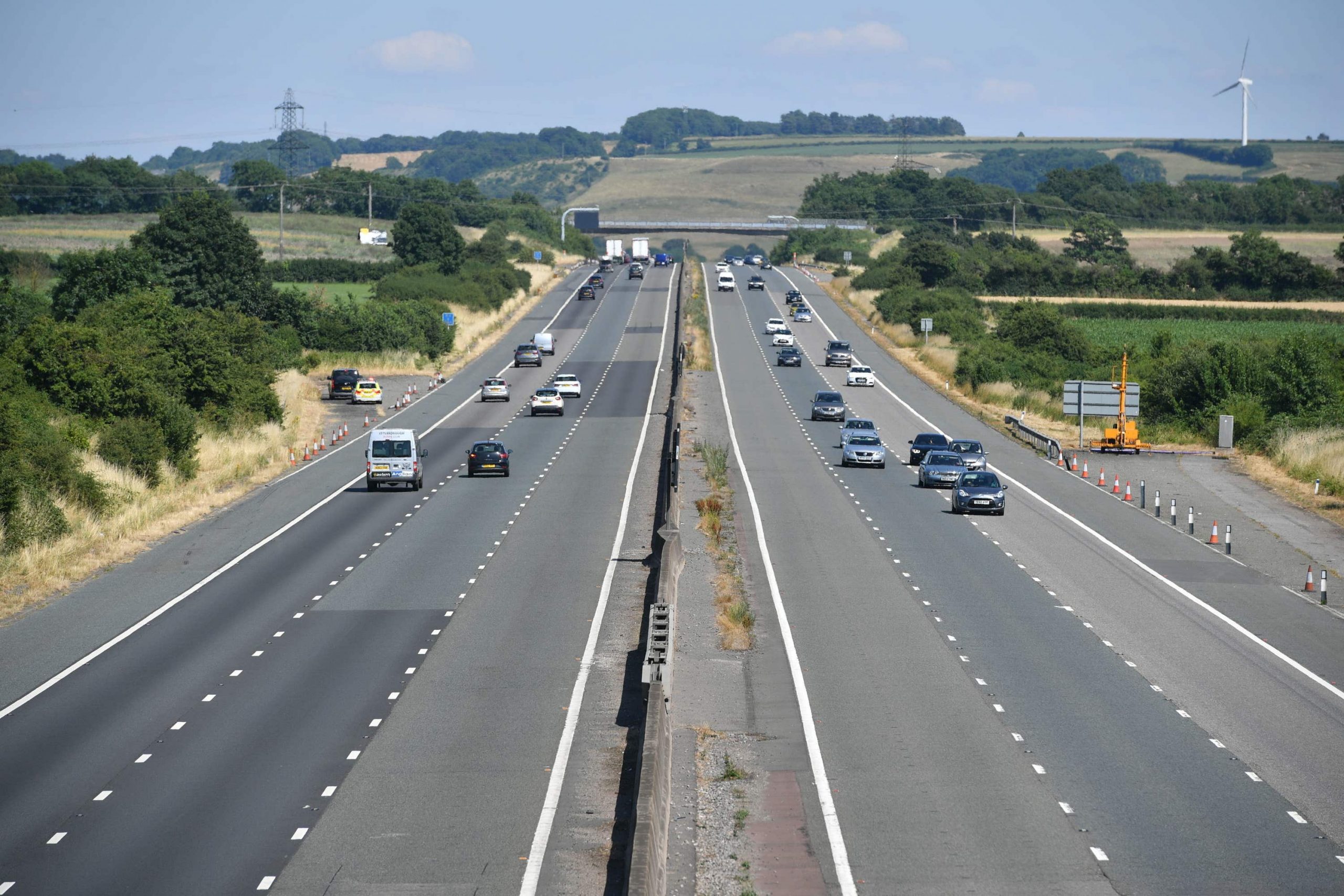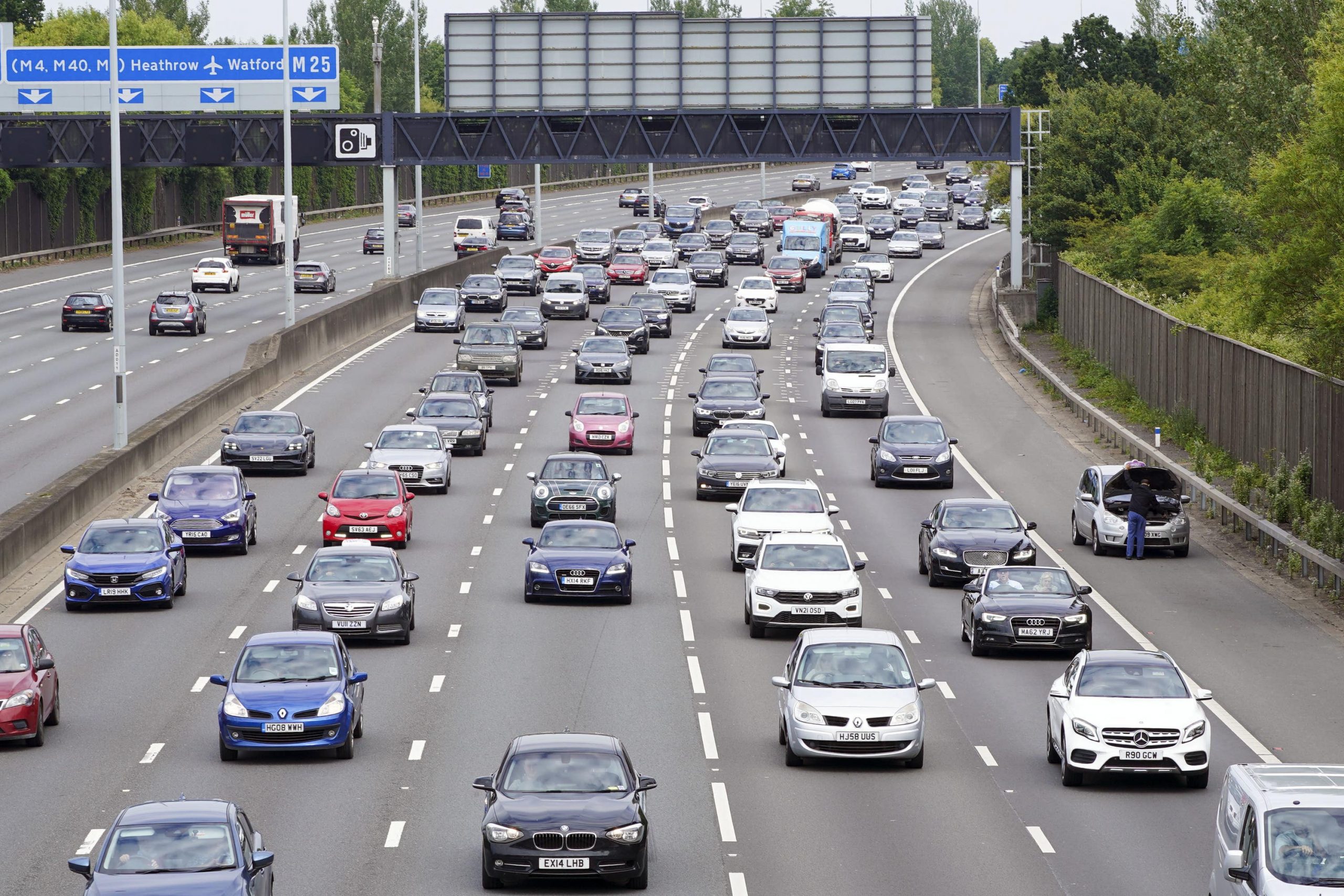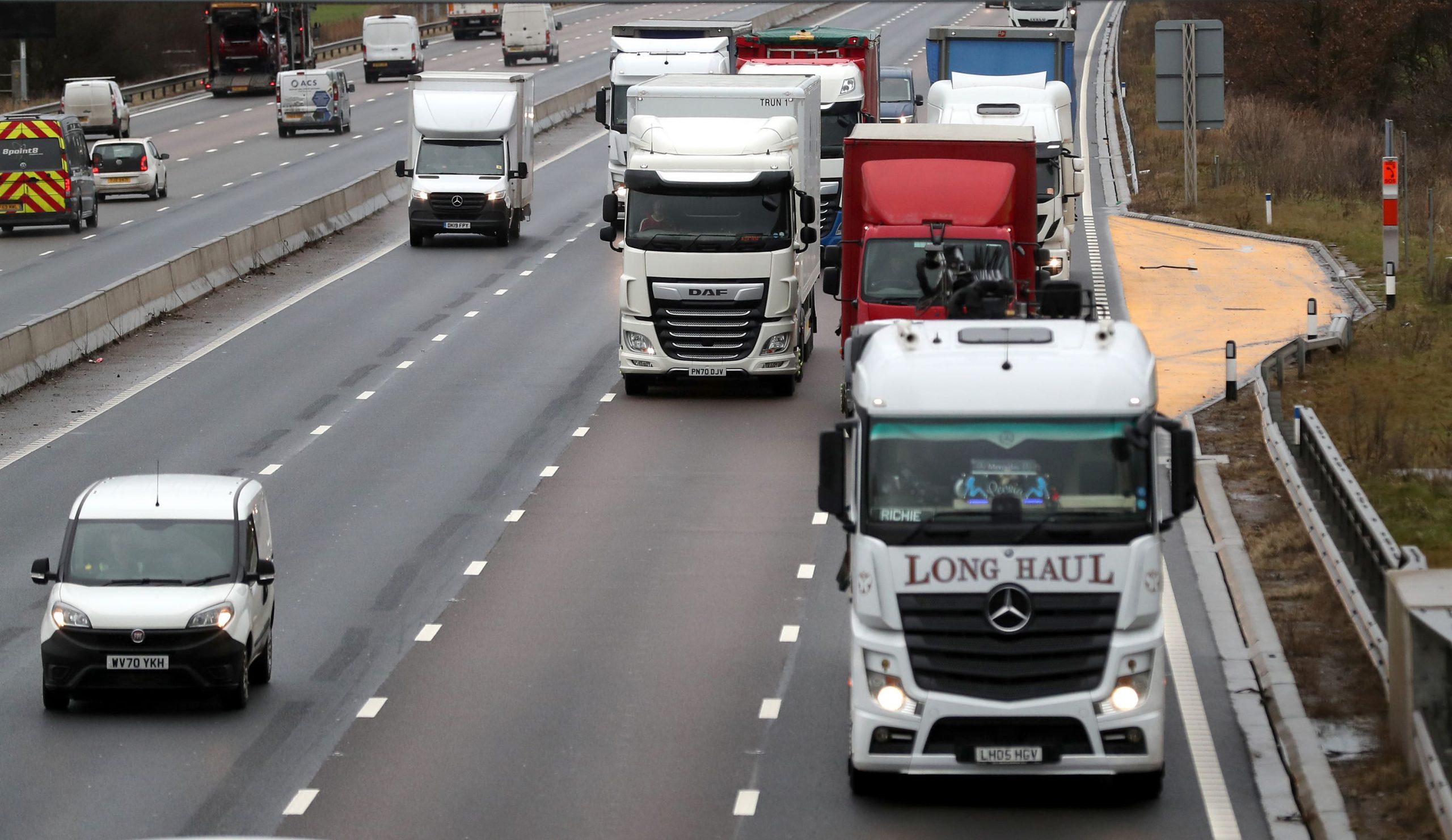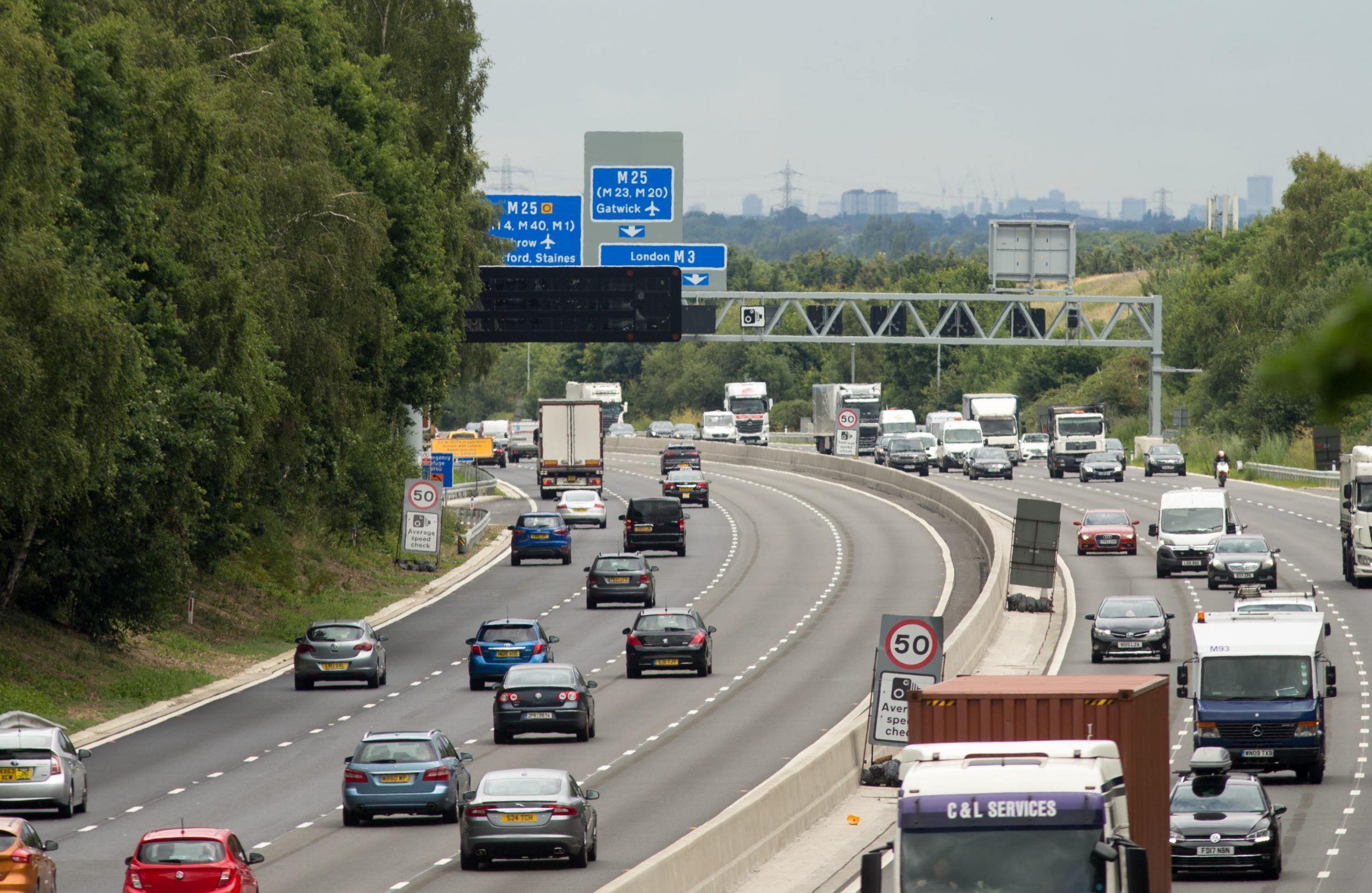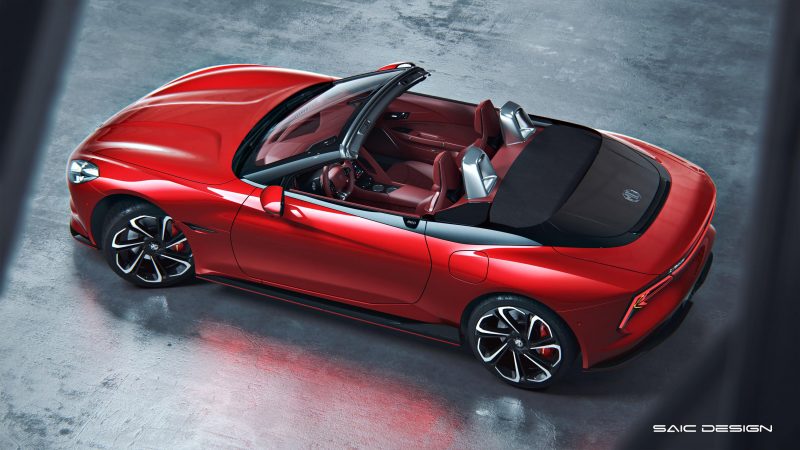In the interests of balanced reporting, James Baggott reluctantly handed over the keys to his long term loan Audi RS4 to some colleagues…
While the Audi RS4 has certainly won a place in my heart over the past few months, I’ve recently been interested to hear what other people think of it.
And rather than ask people in the street – many of whom usually offer their opinion without me asking (some good, some bad) – I thought I’d try a more scientific approach and let some others test it out properly.
So, in the interest of a balanced opinion, I rather reluctantly handed the keys to my long term loan Audi over to two colleagues.
Interestingly the feedback I got from them both was mixed. One absolutely loved the fast estate, while the other gave it a somewhat mixed review. I’ll start with the complaints.
“It’s certainly fast, makes a brilliant noise and the seats are incredibly comfortable,’ said James Batchelor, who has been testing cars for more than a decade.
“But the ride quality is awful. It goes very well in a straight line but in the corners it’s really underwhelming.”
He went on to moan about the hard tyre walls, but by that point I’d stopped listening. While I agree with his compliments I have to disagree with his complaints. I’ve found the Audi wonderfully comfortable and while it might crash over the largest of potholes – seemingly more than a metre deep around these parts – for the majority of the time, I can’t fault it.
Perhaps I had just got used to the ride over the last few months. I certainly wouldn’t call it awful. Earlier this month I took the RS4 on a longer journey – in fact, its longest yet, a near-1,500-mile round trip to the Alps – and I shared the driving with a colleague.
Joe Wallington owns an Audi himself, albeit an older A1, so was looking forward to trying out the comparatively luxurious RS4 on the trip south.
He spent a lot of our journey to and from Chamonix behind the wheel and loved the ride quality. Perhaps some of this was to do with the super smooth French autoroutes, but that said the local roads in and around the ski resort would make some British B roads look well maintained and there were certainly no complaints there.
He also praised the tech – citing the multimedia system as far improved over his older A1 and a delight to use ‘because it just works’. He said it was comfortable and also pretty spacious, coping with our ski kit and us pretty well.
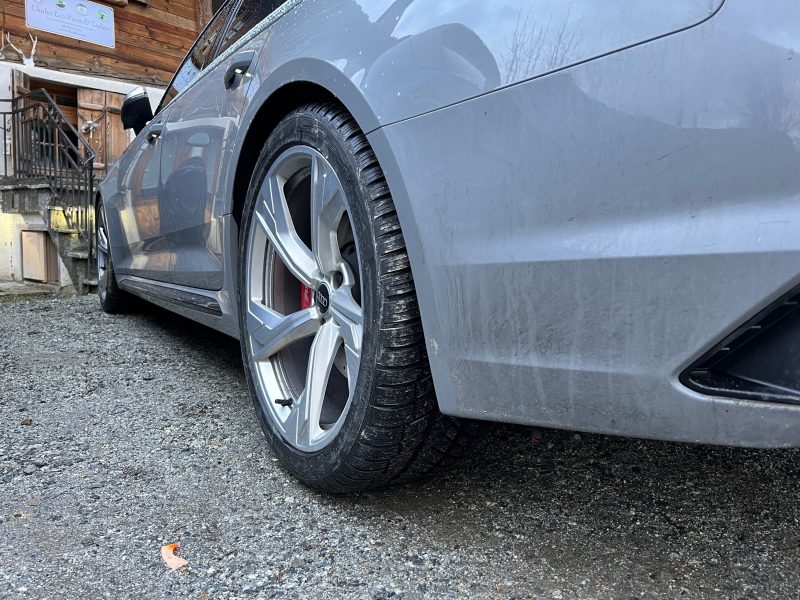
He did have a couple of moans, though. The winter tyres that Audi kindly shod the vehicle on for the trip were ‘very noisy’ and he also wasn’t a fan of the tub-thumping beat that plays every time you get out of the car. In previous updates you might remember I moaned about this exit soundtrack myself and I still haven’t worked out how to turn it off.
He’s right about the winters, they were a bit noisy. But I was rather pleased they were on, despite the relative lack of snow in the Alps.
On our last day the skies opened and the white stuff came bucketing down – always seems to be the case on the last day of a ski holiday – and those winters gave us both a welcome bit of added confidence thanks to their improved grip.
So, in the interests of wrapping this piece up, I asked both my colleagues if they would buy the RS4 with their own money. At £85k, the high performance estate is quite pricey and in that price bracket there’s a lot of choice.
The results? Well, in football speak, it was one-all. While Joe said he would, James wasn’t so sure and declined the offer. However, as this is my report I get the casting vote, and I certainly would shell out for one.
Over the last few months the Audi has proven to be a comfortable, entertaining, classy and an incredibly exciting car to drive. So much so, it’ll be sorely missed when Audi come round and prise the keys from my hands. Until then, I’ll be making sure I enjoy the change in the weather and getting out there in the Audi to enjoy it.
Facts at a glance
- Model: Audi RS4
- Price as tested: £85,000
- Engine: 3.0-litre twin turbo petrol
- Power: 444bhp
- Torque: 600Nm
- 0-60mph: 4.1 seconds
- Top speed: 155mph
- MPG: 28.5mpg (combined)
- Emissions: 225g/km CO2
- Mileage: 6,439





